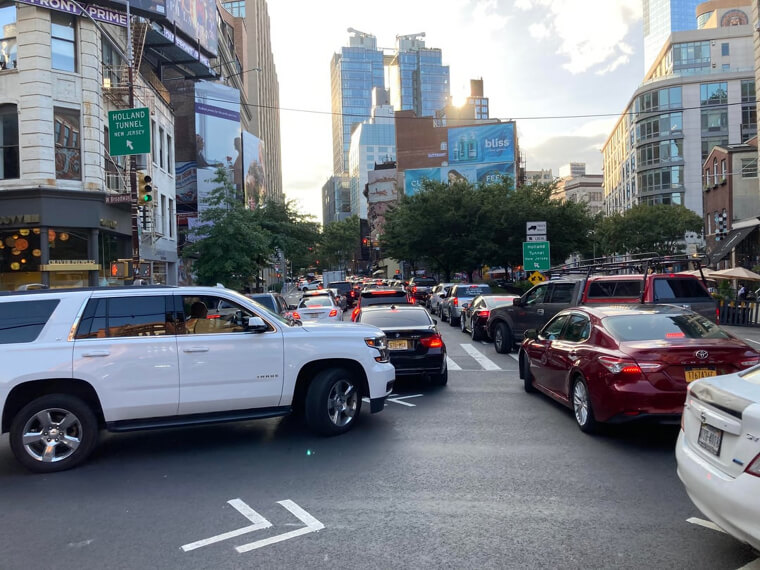Time Is a Major Financial Factor, Even if It Does Not Show up on a Bill
People often think of commute time as an inconvenience, but time has monetary value. Every hour you spend in the car or on a train is an hour you cannot use for work, family, health, or personal errands. Long commutes lead to more takeout meals, more childcare costs, and less time for tasks that save money, such as cooking at home or handling small repairs yourself. Families especially feel the impact because long commutes often require scheduling adjustments and paid support. When you live closer to work, you gain hours back each week. These extra hours often translate into healthier routines and much better productivity, which can indirectly influence income and overall quality of life. Time savings may not appear in your budget spreadsheet, but they are real, consistent, and surprisingly powerful.
Commuting Costs Add up Faster Than Most People Realize
Many people underestimate how expensive commuting can become over time. Gas, parking fees, tolls, and regular maintenance all pile up quietly in the background. Even a short daily commute adds hundreds of miles per month to your car, which means more frequent oil changes, tire replacements, and general wear. When you multiply these small expenses by twelve months and then by several years, the numbers become surprisingly large. Living closer to your job cuts these hidden costs significantly. It also reduces the chance of unexpected expenses like repairs triggered by long daily drives. Many people find that the extra rent they pay for a closer apartment is often offset by the money they save from using their car far less. The daily convenience of shorter travel also reduces stress, which has its own value even if it does not appear on paper.
Car Depreciation Hits Commuters Harder Than City Dwellers
Many people forget that driving more miles directly lowers the value of their car. High mileage vehicles wear out faster and become more expensive to maintain as they age. Depreciation is one of the biggest hidden costs in car ownership, and long commutes speed it up dramatically. When you live close to your workplace, you put fewer miles on your vehicle, stretching its useful life and improving its resale value. This means you can keep your car longer without major repairs and potentially sell it for more when the time comes. Apartment rent is predictable, but car depreciation is sneaky. The more you drive, the faster your investment loses value. For many commuters, reducing mileage by living closer to work results in savings that quietly outweigh higher rent. This is especially true for people who drive older cars or vehicles that require frequent maintenance.
Reduced Stress From Shorter Commutes Affects Long Term Financial Health
Stress from long daily travel affects more than mood. It influences physical and mental health, which in turn affects financial stability. Long commutes are linked to poor sleep, mood issues, higher blood pressure, and less time for healthy habits. Over time, this can lead to increased medical costs, more sick days, and reduced productivity. Living closer to work often allows for calmer mornings, less frustration, and more energy throughout the day. Even if rent is higher, people who avoid long commutes frequently discover they spend less on stress related purchases such as convenience food, last minute services, or coping expenses. When your day starts and ends peacefully, you make better decisions and manage money more effectively. Lower stress does not look like a financial saving at first glance, but over the years it has a noticeable impact on both your health and your wallet.
Living Close to Work Reduces Lifestyle Costs in Ways People Do Not Expect
Shorter commutes often create a domino effect that reduces spending across multiple categories. People who live near work walk more, use public transit more effectively, and spend less money on fuel. They wear out their clothing and shoes more slowly because they do not rush between errands while exhausted. They often shop locally, which cuts impulse buys that happen when running errands in a car. They also have more flexibility to adjust schedules, handle small tasks during lunch breaks, and avoid paying for convenience services. Living closer to your job may also allow you to downsize from two cars to one or switch to a smaller, less expensive vehicle. These subtle lifestyle shifts can add up to hundreds or even thousands of dollars per year. While higher rent may look intimidating, the overall savings and improved quality of life often offset the difference. In many cases, the numbers favor the shorter commute.





